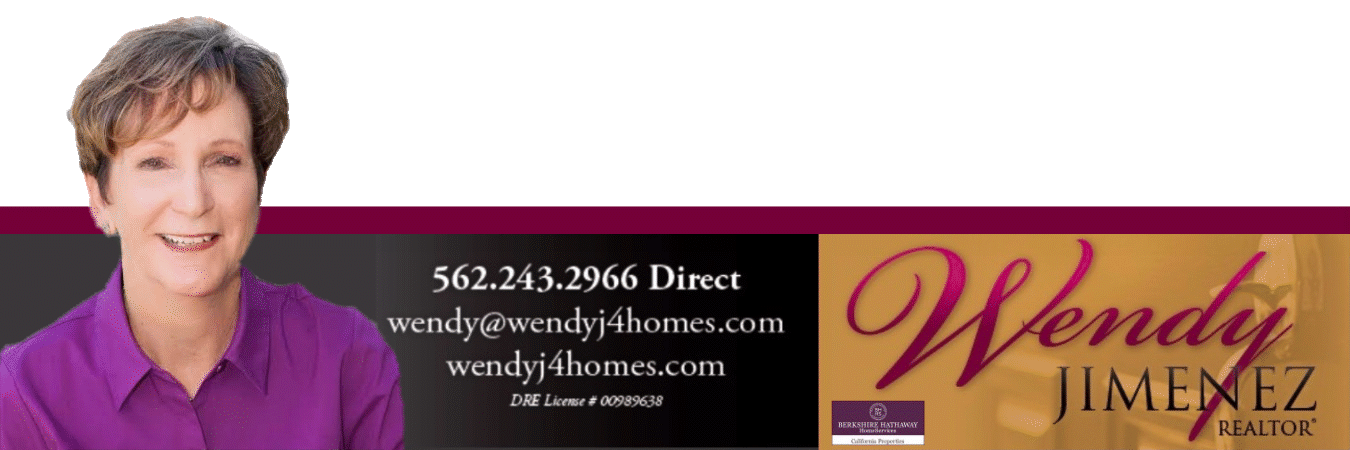Whether it's a single decorative shelf in the living room or a set of rough shelving in the garage, we all love shelves. We display our prized collections and toss our messy paint cans on them. We'll put them high and low, and just about anywhere space allows.
Shelves offer you a chance to do some practical organizing while at the same time offering opportunities for some fun, elegant, whimsical or eclectic decorating. But above all, the shelves need to stay on the wall and support their intended loads, so today let's take a look at some different types of shelving and shelving supports, and how they're installed.
Tools needed
The tools you'll need for installing shelves are pretty basic -- usually just a cordless screwdriver, a tape measure, a level, and possibly a stud finder. To ensure that the shelf is level, you'll want to use as long a level as possible for the length of the shelf being installed. In other words, don't use a 7-inch torpedo level on a 5-foot shelf.
"Floating" shelves
As their name implies, floating shelves appear to be self-supporting, with no brackets or other supports underneath them. Floating shelves are typically relatively short and decorative, and are ideal for the living room, den, entry or other areas where you want to create a display area, or perhaps install some stereo speakers or other electronics.
Floating shelves are usually solid wood or medium-density fiberboard (MDF), come in different lengths, are painted or stained, and may have a square or routed edge, sometimes with an additional decorative molding underneath. There are both straight and pie-shaped versions for corners. They're installed with the included hardware, which typically fits into a groove in the back of the shelf. A variation of the wooden floating shelf is one made of tempered glass, which fits into a slotted bracket that's attached to the wall.
With any floating shelf, pay careful attention to the load rating, which is the amount of weight that the shelf and the included attachment hardware is rated to hold. Also, be sure that you carefully follow the manufacturer's installation instructions.
Individual shelves on brackets
For a larger or longer shelf installation, use an individual board on brackets. These are ideal for a kid's room, where you want to display trophies and store toys and books, or perhaps in a den, home office or just about any other room. They're also fine in a garage or shop for utility shelving.
For this type of shelf, you need to start with a design concept. Will this be decorative or utilitarian? How long and how deep does the shelf need to be?
From there, a visit to your local home center or hardware store will offer you a number of options for both the shelving board and the brackets. You can opt for a prefinished board in solid lumber, veneered plywood or other materials, melamine or MDF. Or you can buy a piece of raw lumber or sheet goods, and cut your own to whatever length and width you need, then stain or paint it as desired.
The brackets also range from decorative to utilitarian. At the decorative end, you can find beautiful carved and routed brackets, also called corbels, in a variety of sizes and materials. At the utilitarian end are painted and raw metal brackets that offer plenty of strength at a low cost, and are great for shops, garages, and some interior applications where you might be opting for a more commercial or industrial look.
For the greatest strength and load-bearing capacity, the brackets need to be anchored into the wall studs. Some decorative brackets have hidden fastening systems that allow the fasteners to be completely concealed behind the bracket, while others use exposed screws.
Multiple shelves
For closets, garages, home offices or other areas where you need lots of storage, you might be more in the market for a multiple shelf arrangement. There are two basic options for how you can set this up: supported from the back or supported from the sides.
With a set of shelves supported from the back, you're basically doing the same thing as what you do with individual shelves. If you want all the shelves to be in fixed positions, you can simply mount several shelves at different heights on brackets. Some people will make this into a more decorative focal point on a wall by altering the spacing between the shelves, the length of the shelves, or both.
If you want the shelves to be adjustable so that you periodically alter the height between them, then the easiest solution is to install adjustable shelf standards, also called shelf hanging tracks, directly on the wall; again, be sure they're anchored to the studs. Shelf support arms then clip into the tracks, and the shelves rest on the arms.
The other option is to support the shelves from the sides. This involves adding supports on each side, and is most commonly seen in a closet situation.
One of the easiest ways to do this is to use predrilled melamine boards, which are typically available in 8-foot lengths and widths of 12, 16 and 24 inches. The boards are white with one banded edge. Simply install the boards vertically in the closet, then install shelving horizontally between them. Shelf pins fit into the predrilled holes to make installation and adjustment of the shelves a breeze. If you don't like the predrilled option, you can use solid boards and attach shelf standards to them instead.
Melamine and other types of shelving and all of the installation brackets are available at home centers and most hardware stores and lumberyards.
